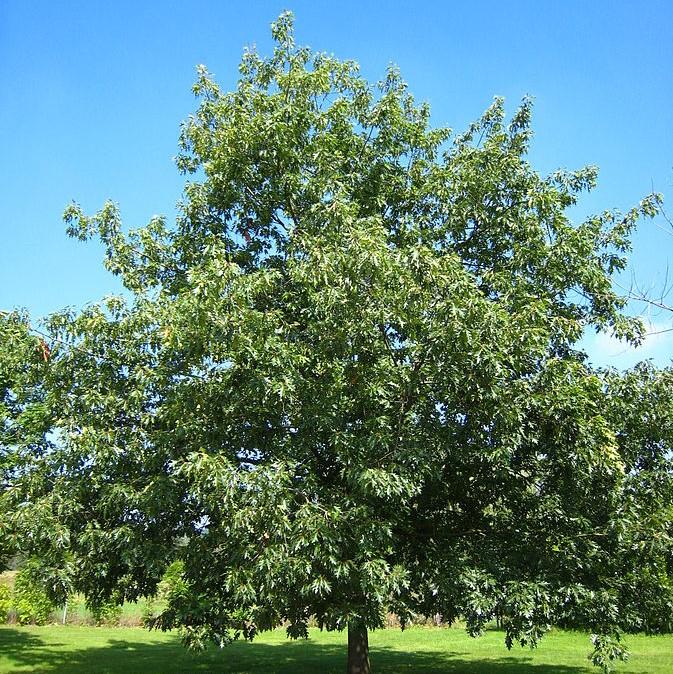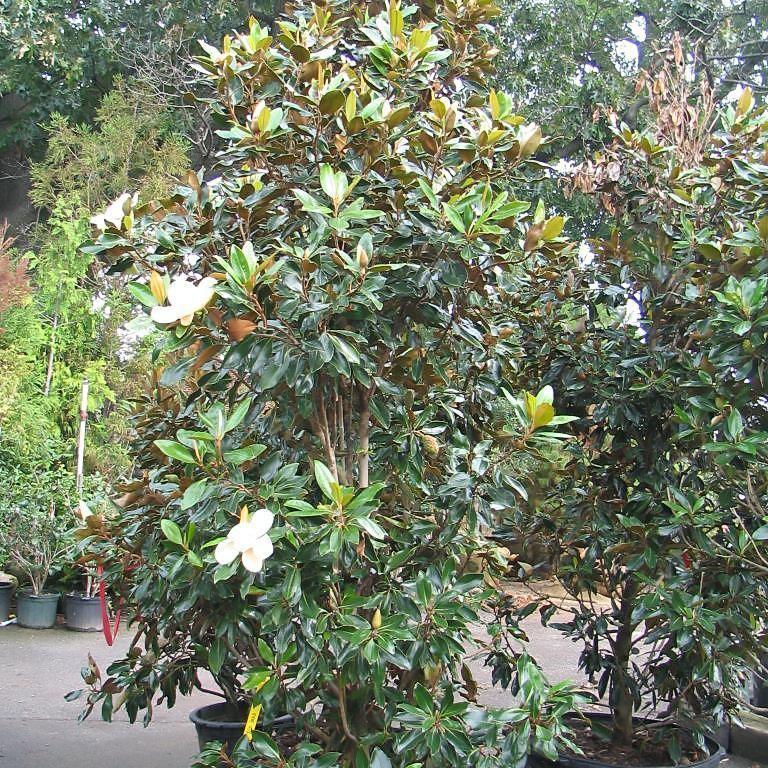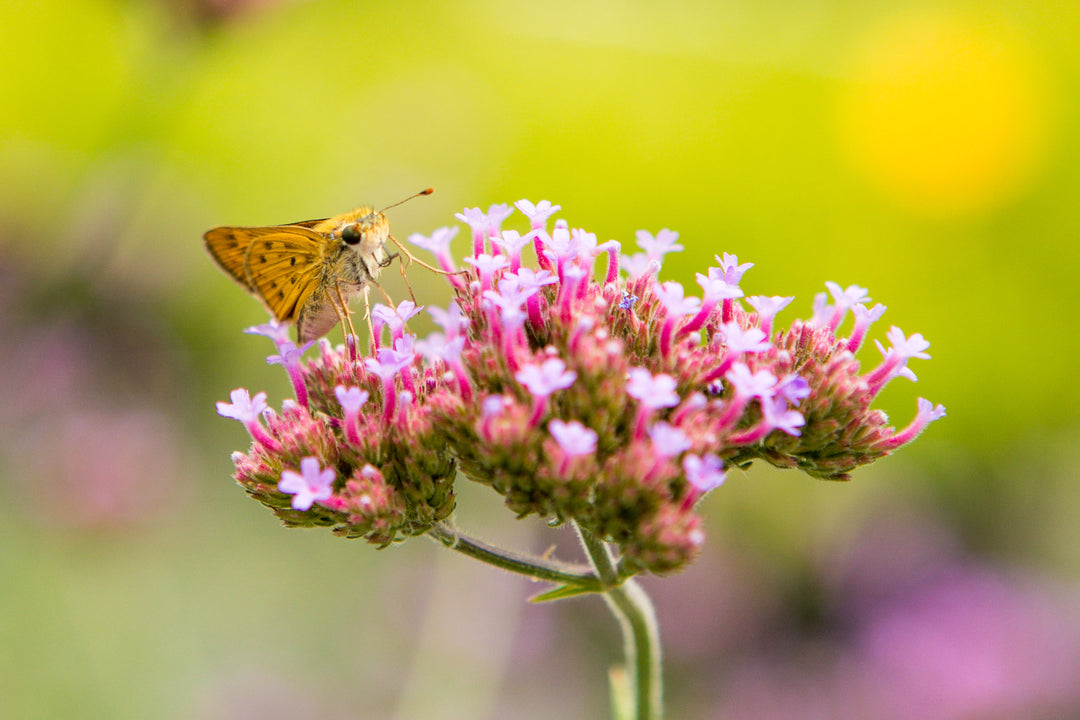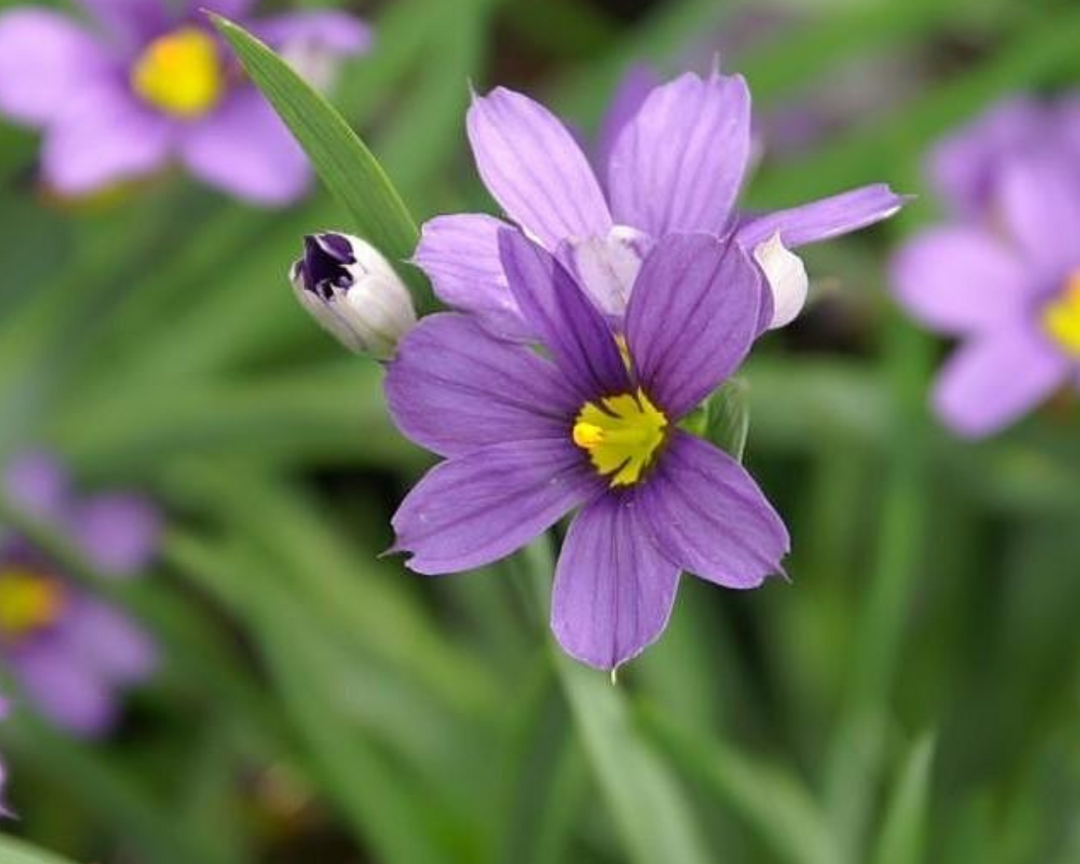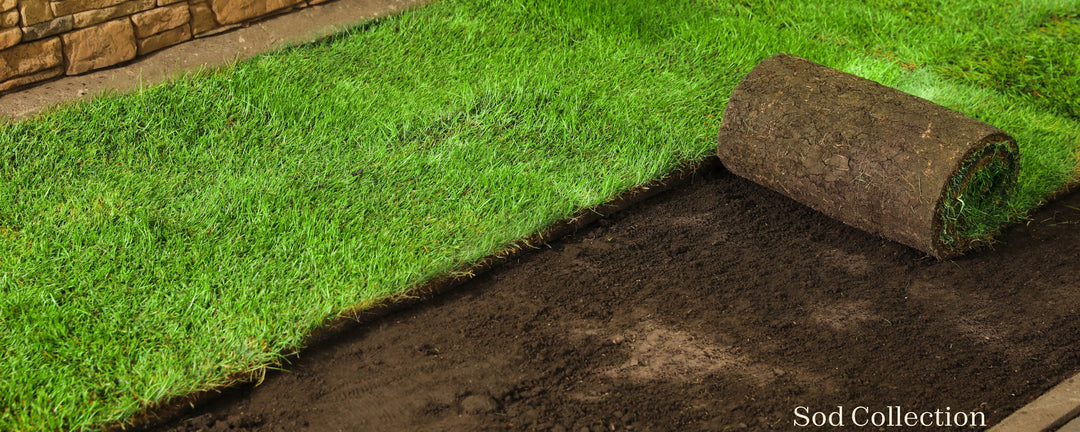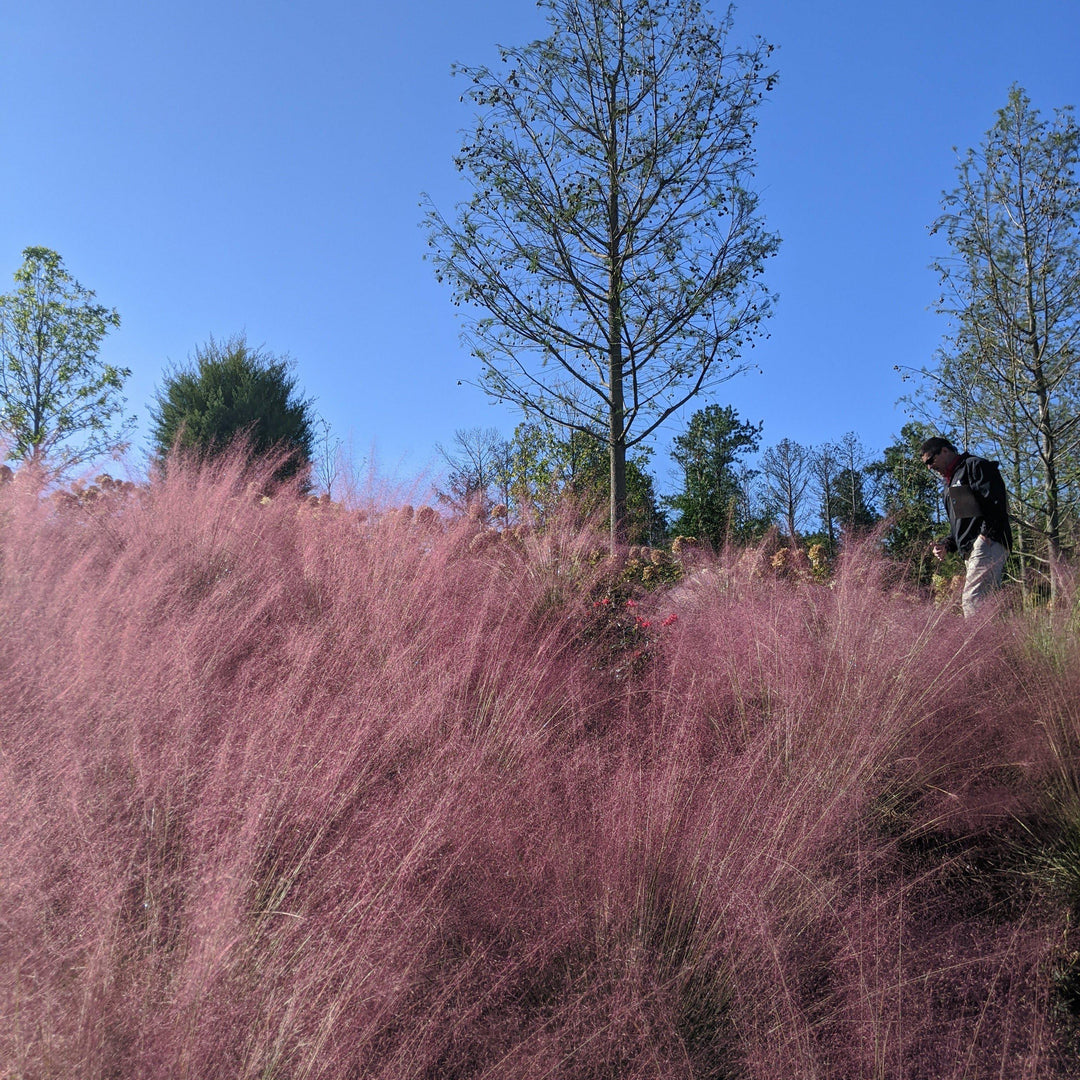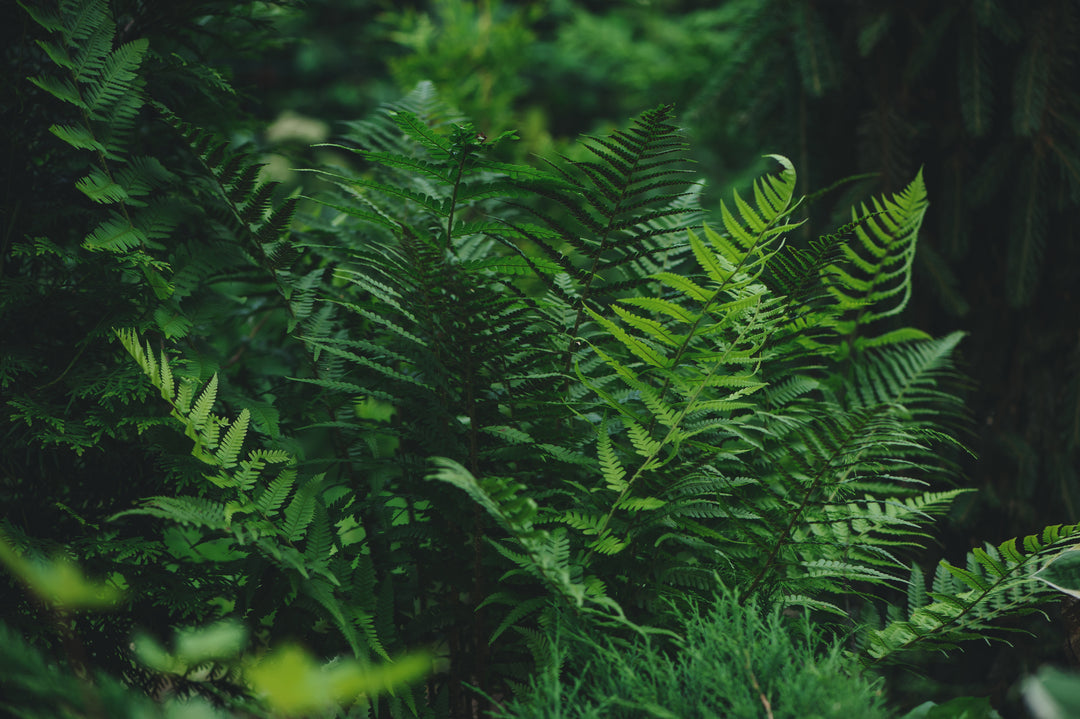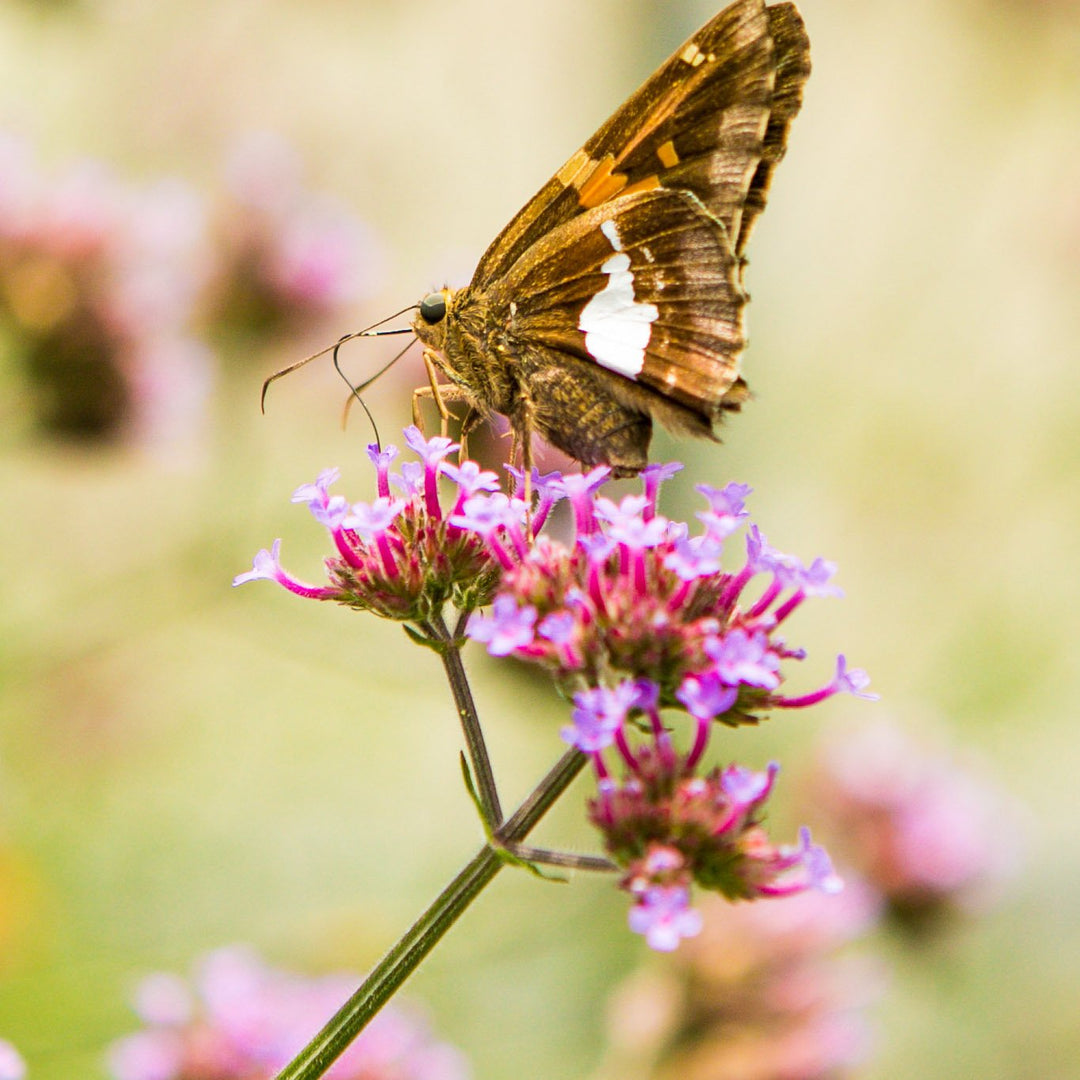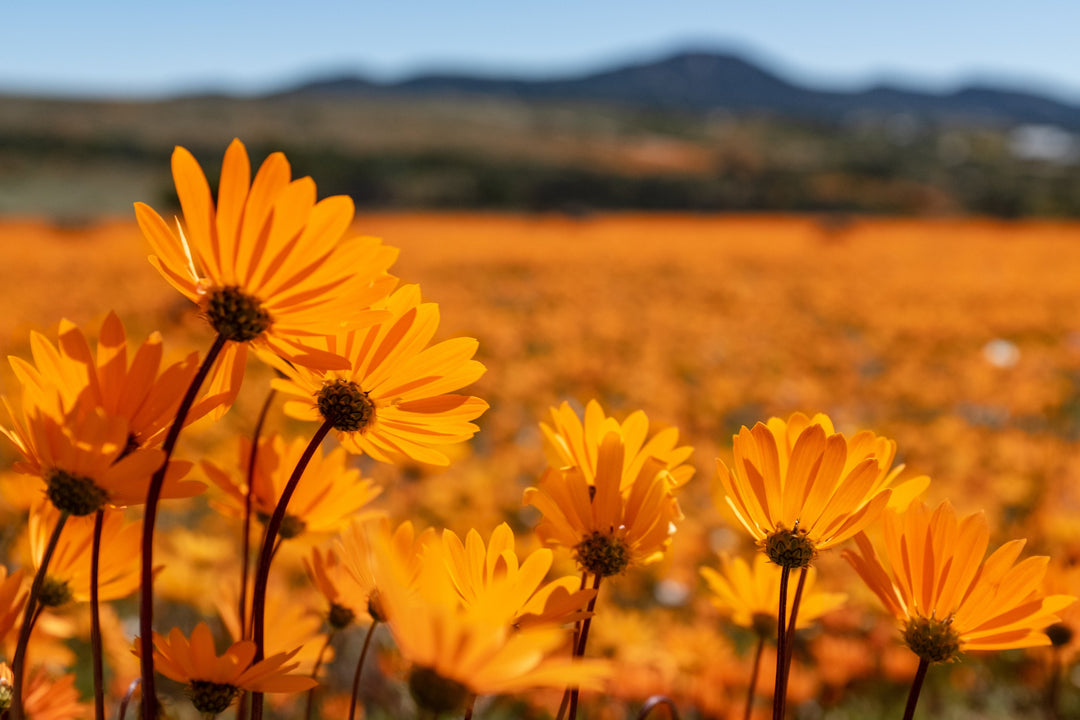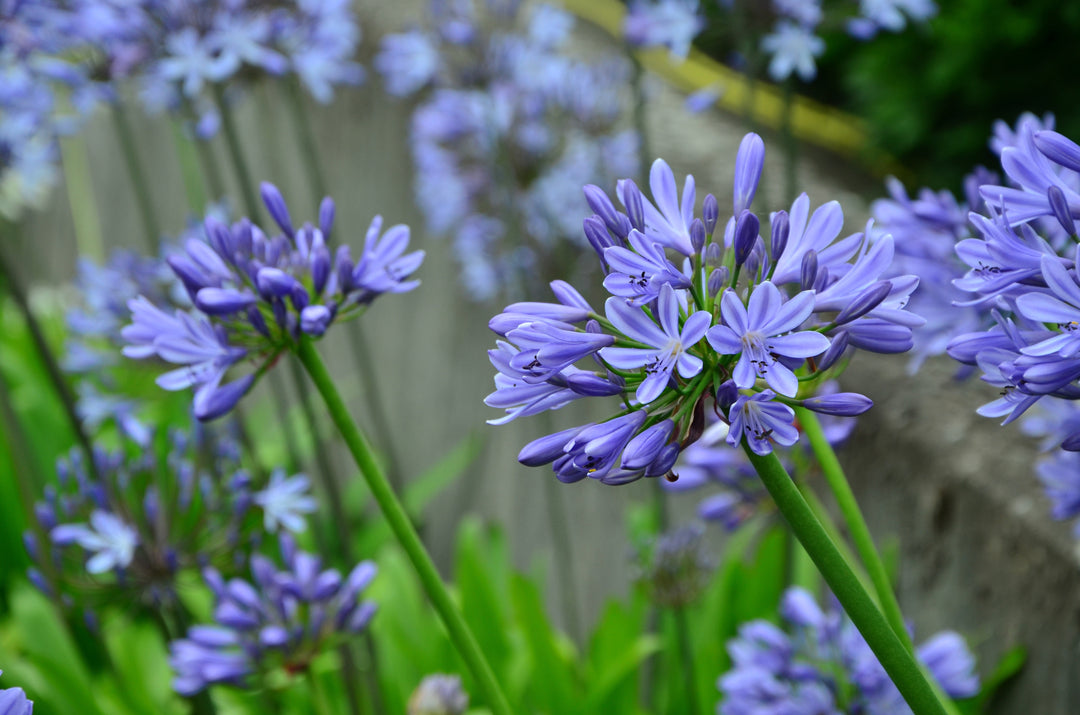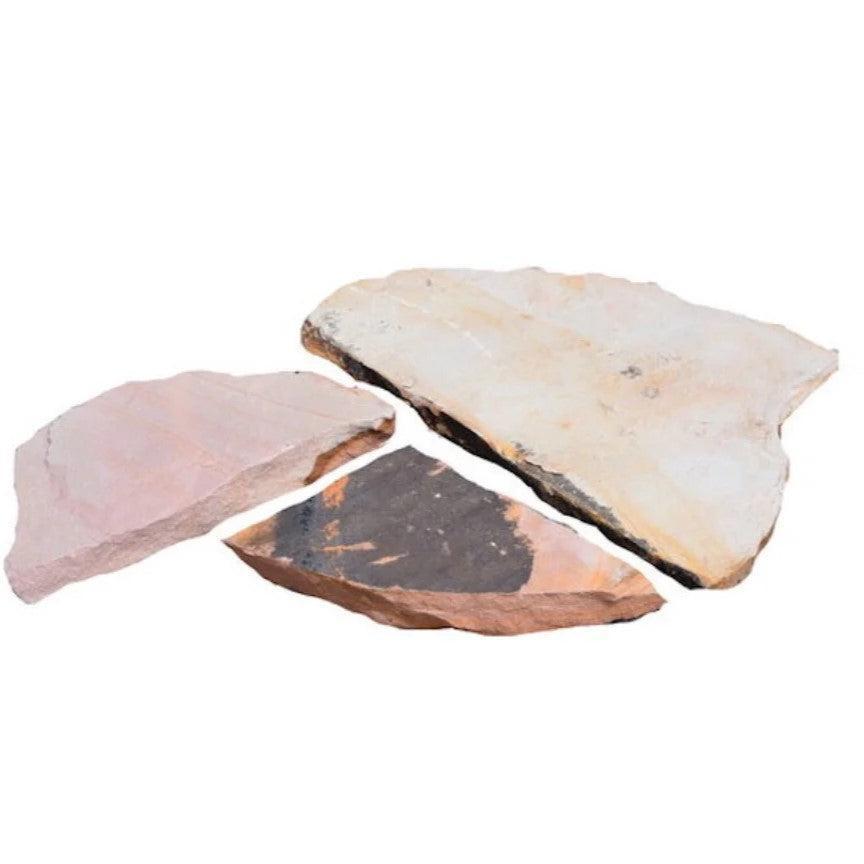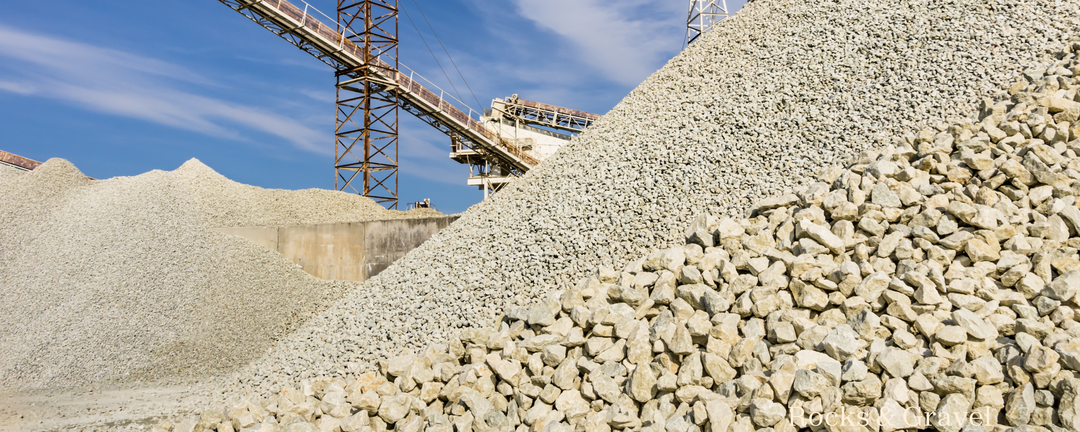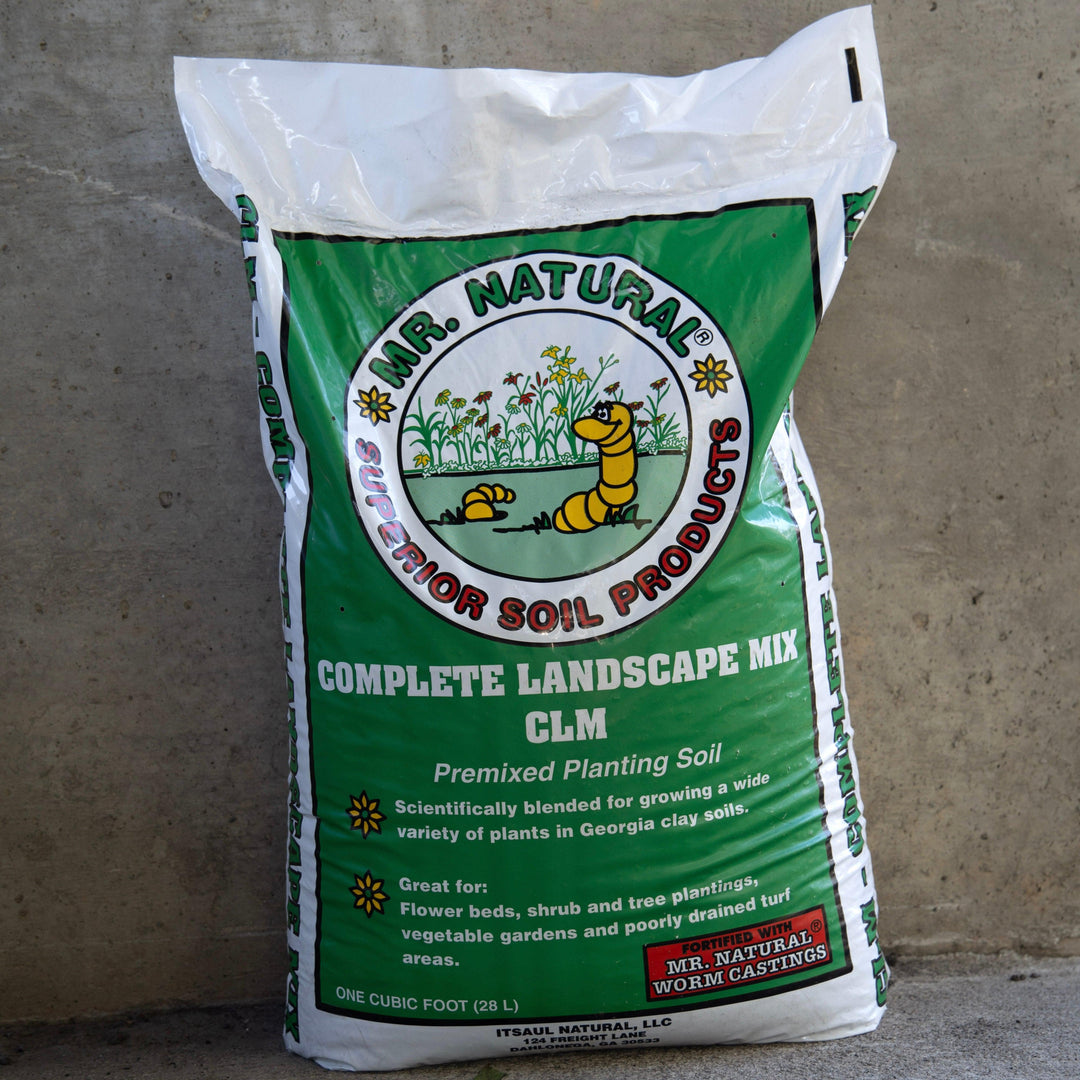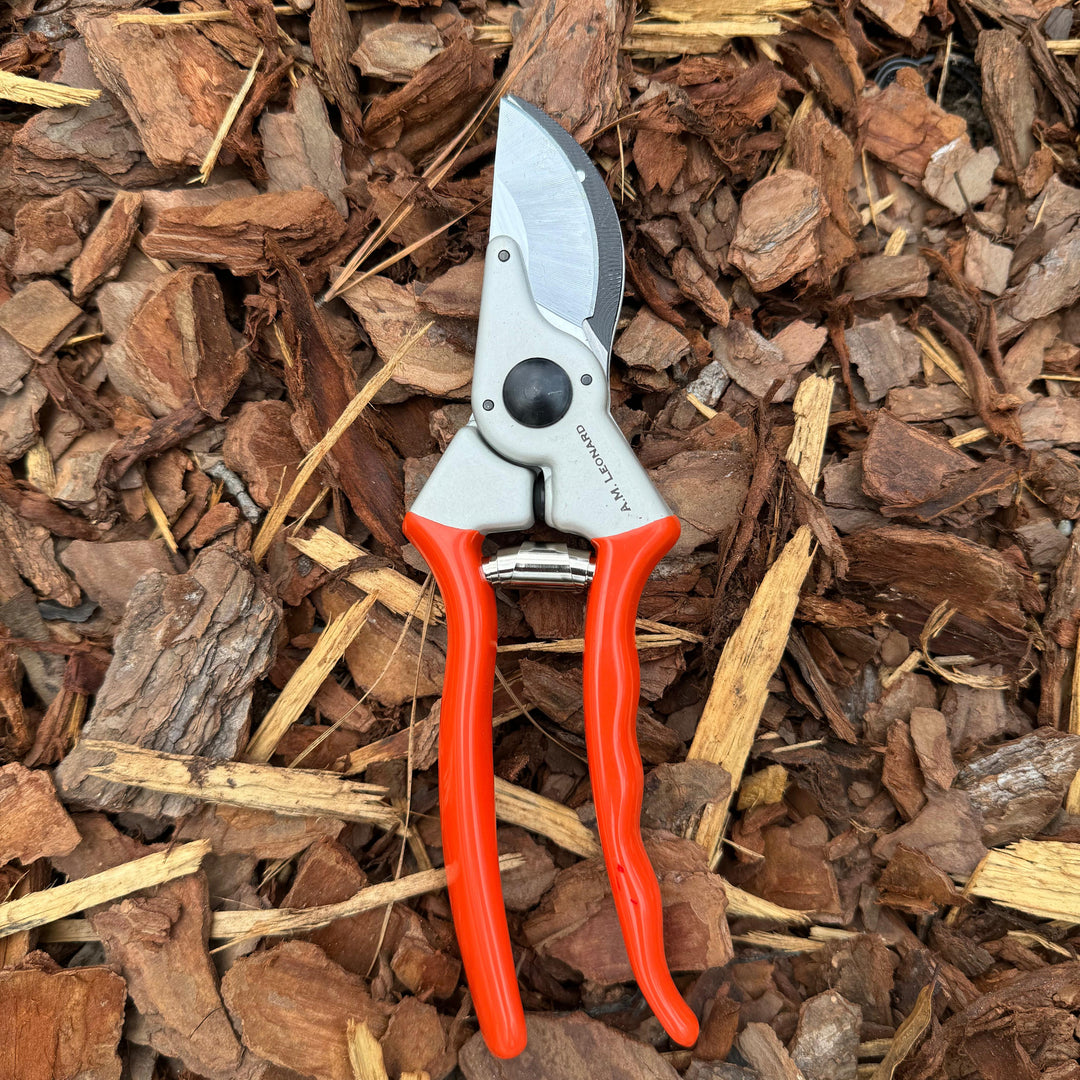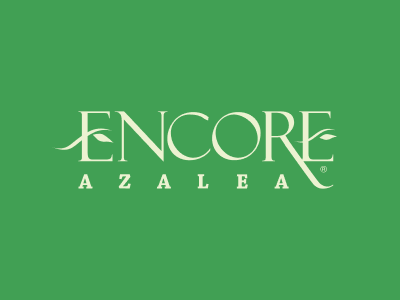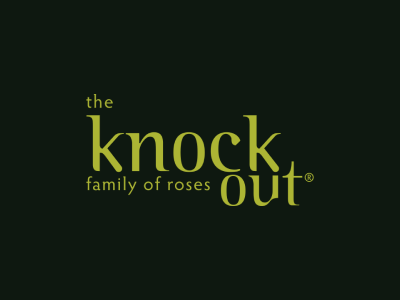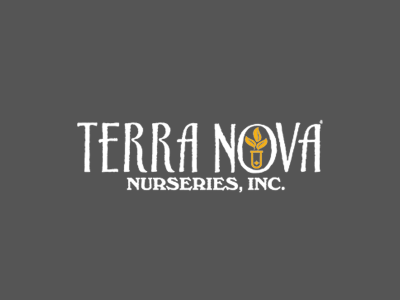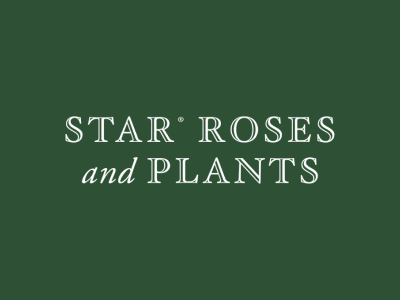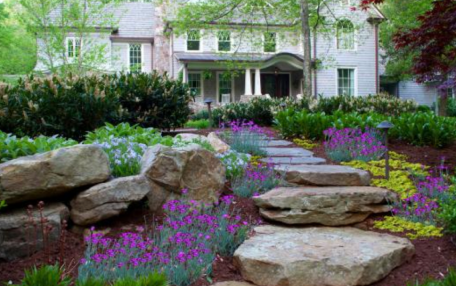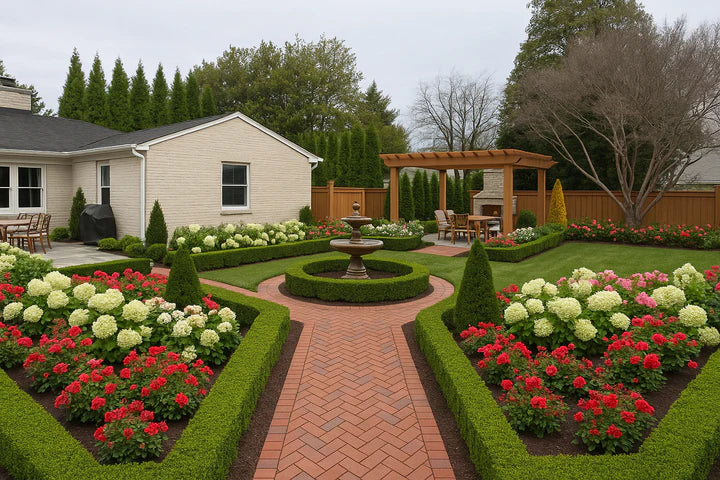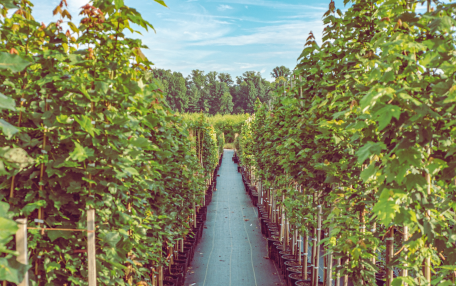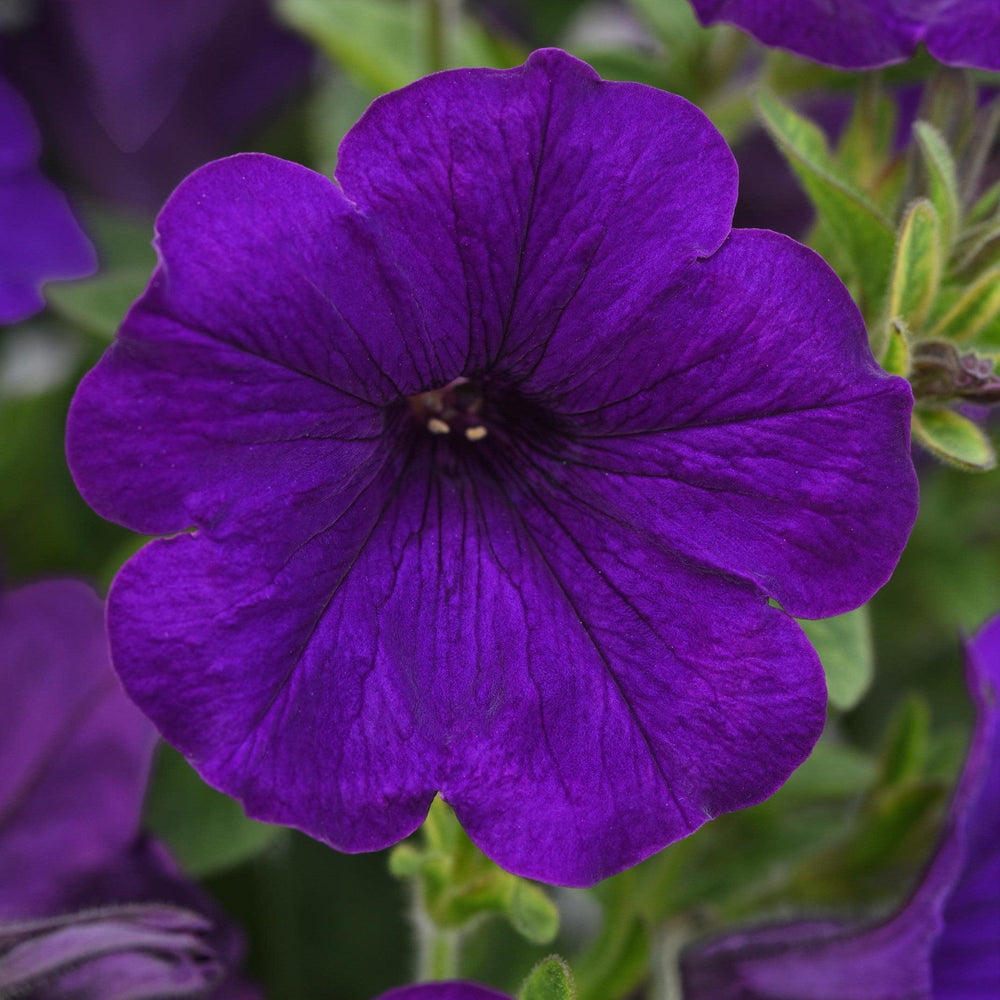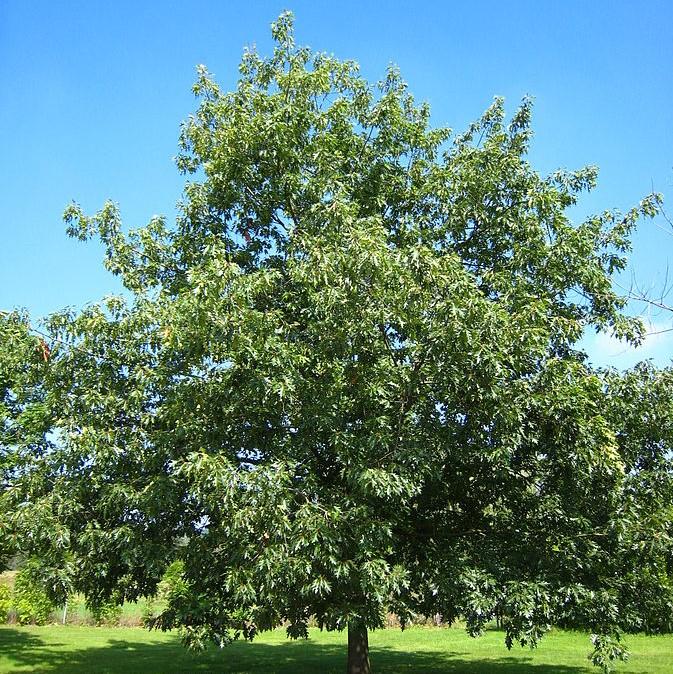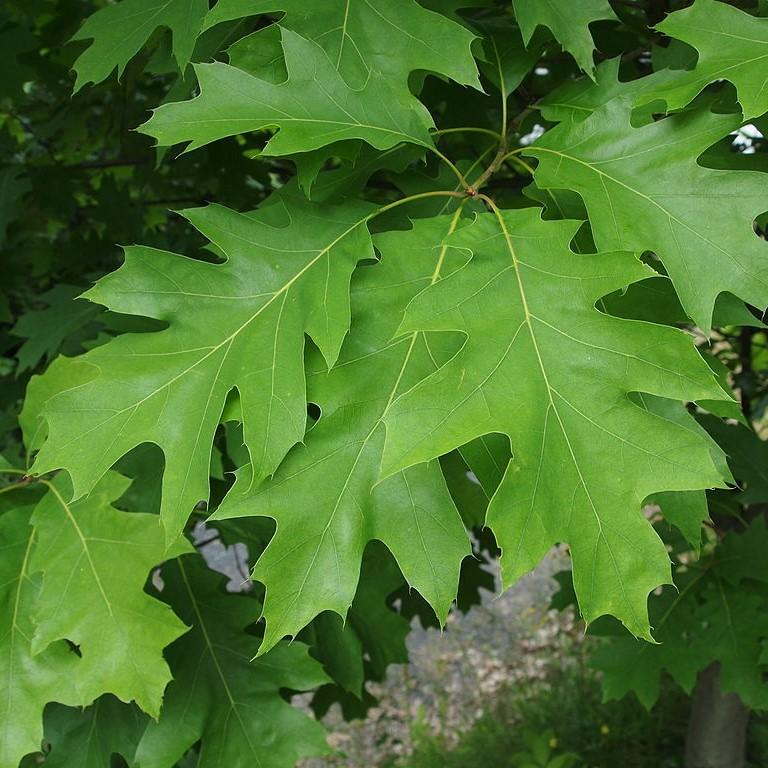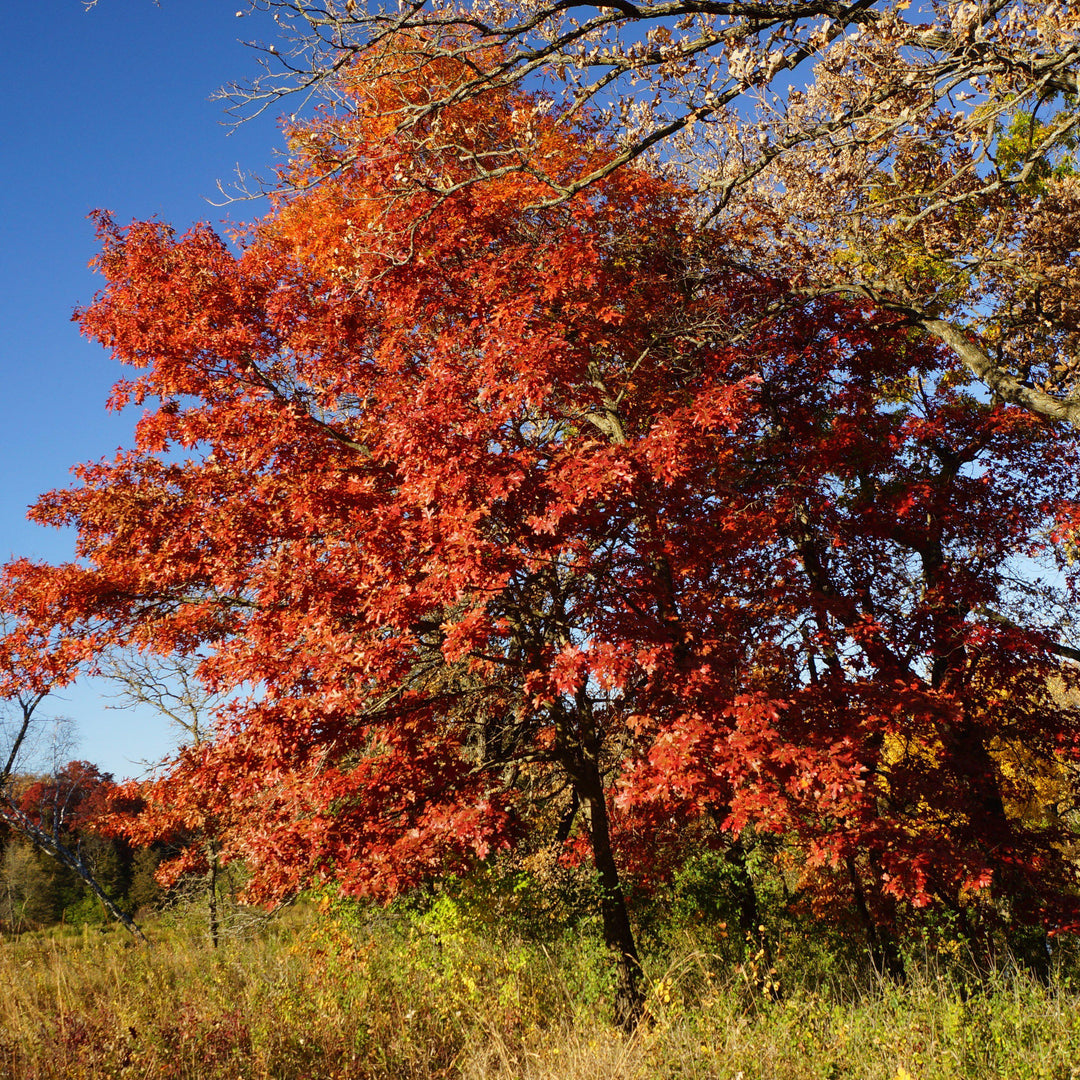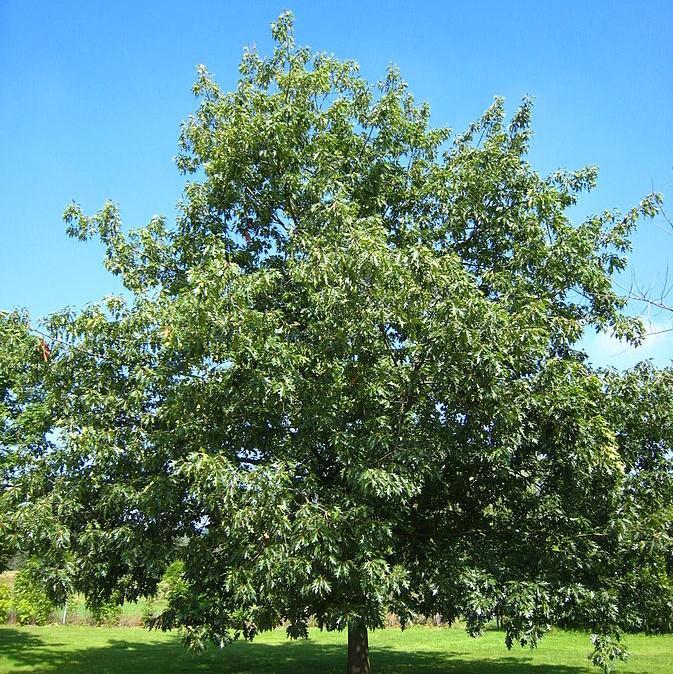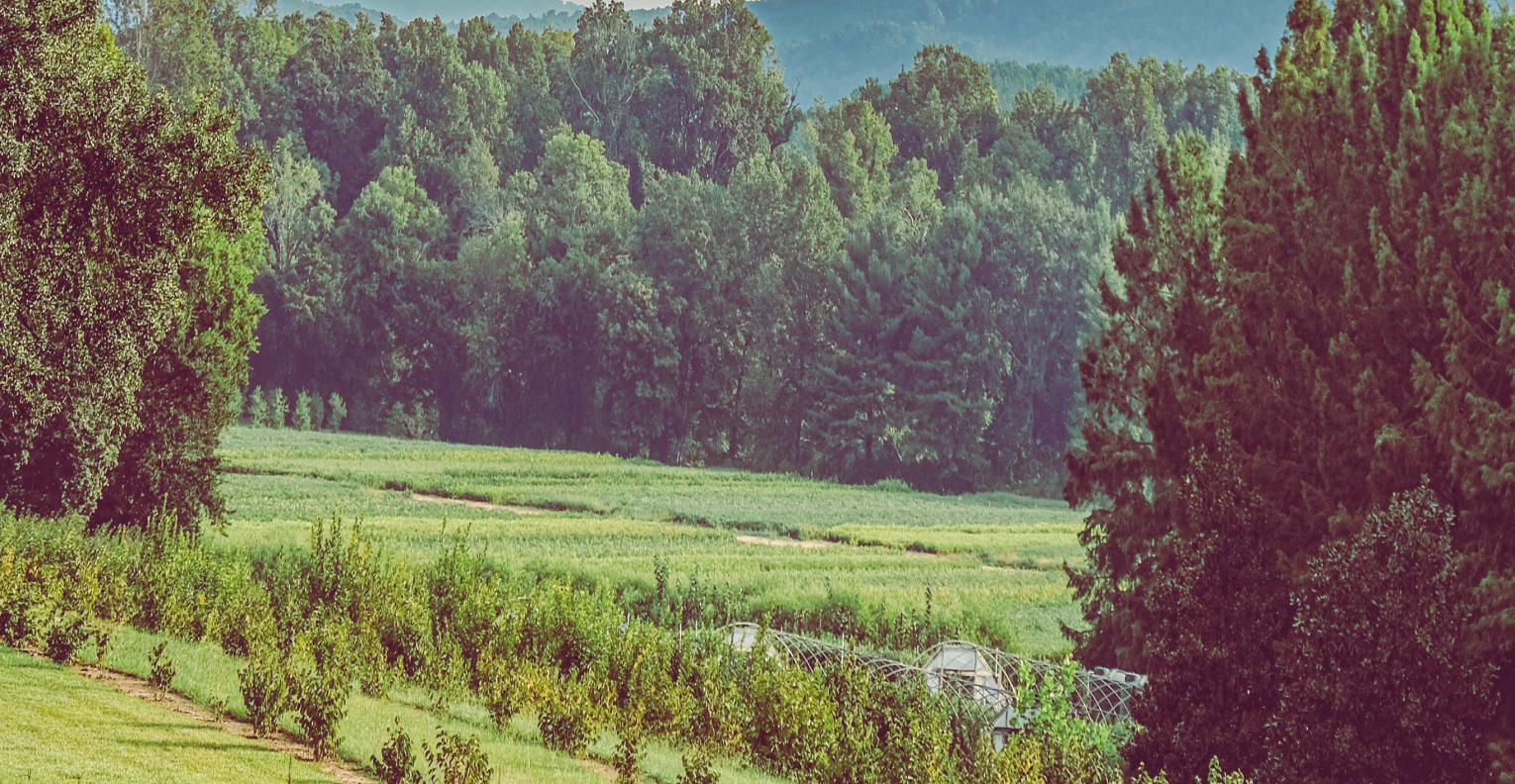Northern Red Oak is a native deciduous tree with a rounded to spreading irregular crown. The lustrous dark green foliage with pointed lobes and pale undersides turn brownish-red in fall. The acorns have saucer-shaped cups, but can take up to 40 years to produce an abundant crop. Best grown in full sun and rich, sandy well-drained acidic soils.
Quercus rubra supports a wide variety of moths and butterflies, including: the Imperial Moth, Banded Hairstreak, Edward's Hairstreak, Gray Hairstreak, White-M Hairstreak, Horace’s Duskywing, and the Juvenal’s Duskywing.
|
Type: |
|
|
Origins: |
Eastern N. America |
|
Height: |
50’ - 75’ |
|
Spread: |
50’ - 75’ |
|
Spacing: |
60’ |
|
USDA Hardiness Zone: |
4 - 8 |
|
Culture: |
|
|
Bloom Color: |
Green |
|
Season of Interest: |
MAINTENANCE NEEDS: Low Maintenance. Susceptible to oak wilt, which has no cure, and chlorosis (yellowing of leaves) which occurs when soils are not acidic enough.
LANDSCAPE USES: Accents or Group Plantings, Borders, Woodland Gardens, Naturalized Areas, Wildlife Gardens, Privacy Screen, and Shade Tree.
COMPANION PLANTS: Crape Myrtle, Serviceberry, Magnolia
IMAGES: Matthieu Sontag, Quercus rubra, CC BY-SA 3.0, (2) Bruce Kirchoff from Greensboro, NC, USA, Quercus rubra (23571535243), CC BY 2.0, (3) Photo by Greg Gjerdingen, DSC03645, (4) Photo by Katja Schulz, Northern Red Oak, (5) Famartin, 2020-03-22 12 52 10 A Red Oak beginning to green up in early spring along Franklin Farm Road in the Franklin Farm section of Oak Hill, Fairfax County, Virginia, CC BY-SA 4.0
*As plants have ranges in appearance they may not appear as the images shown


